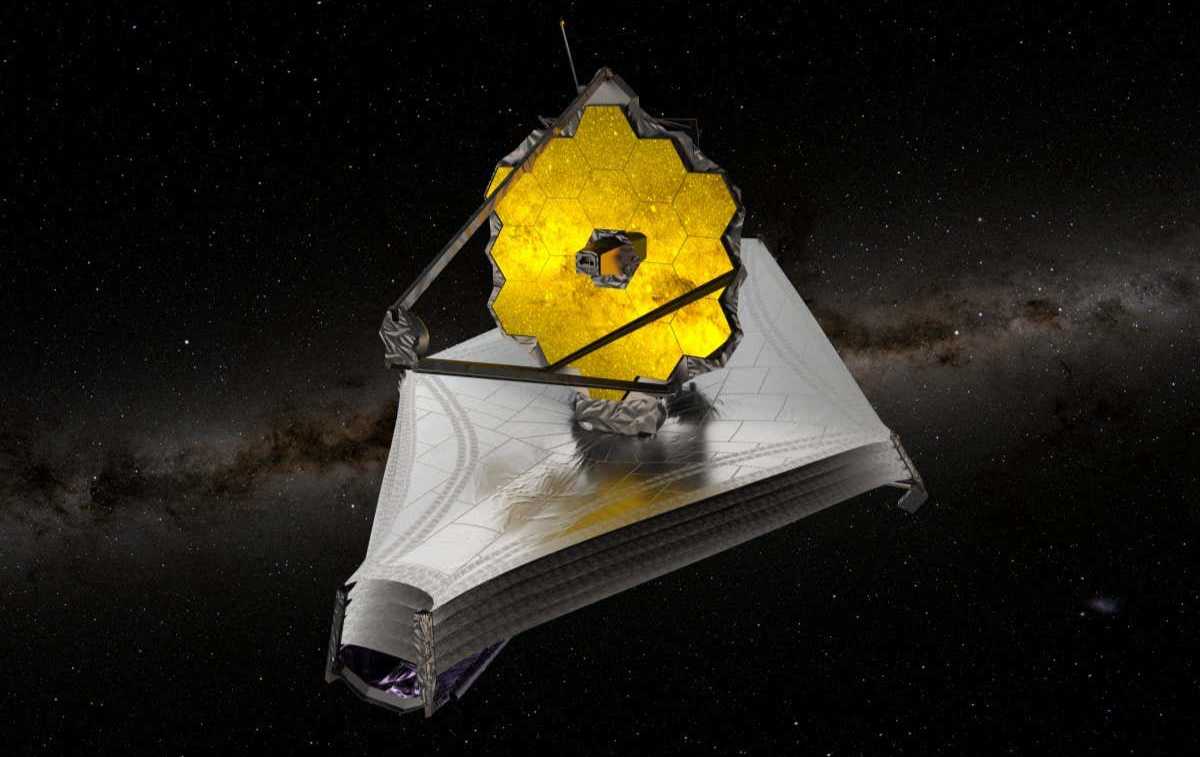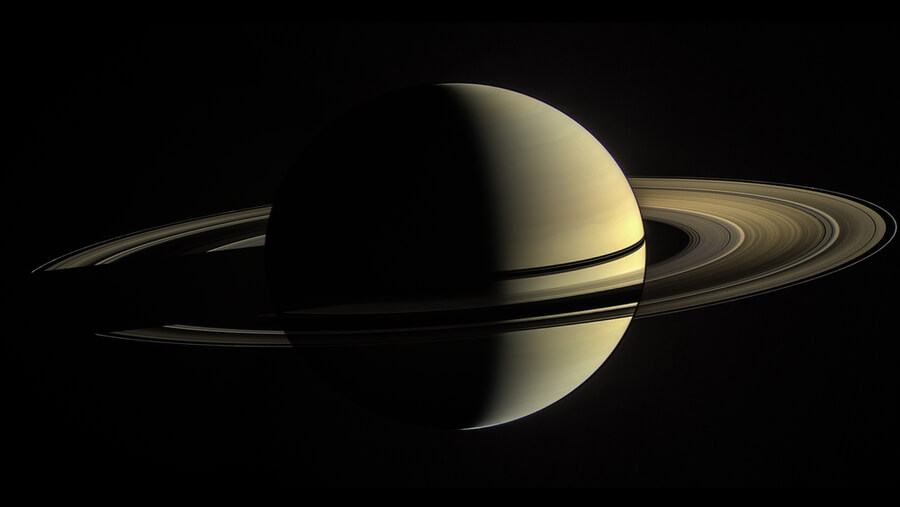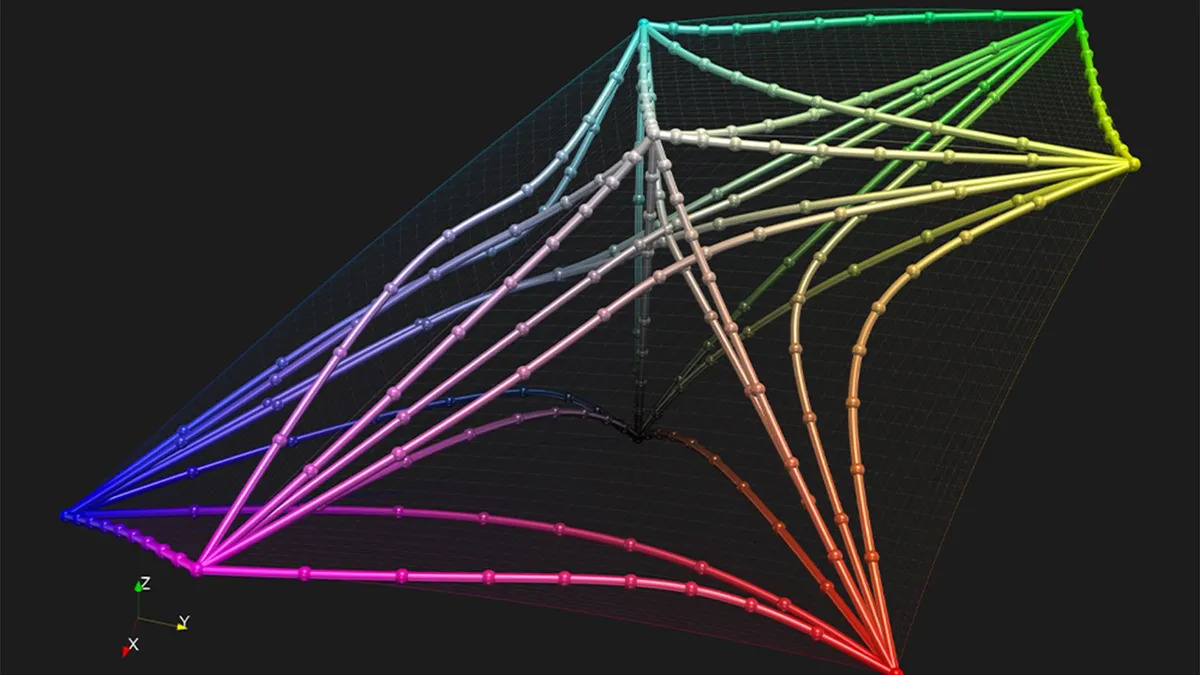The James Webb is breaking science... according to science

Image: ESA/ATG medialab
The tools astronomers typically use to decode images of outer space may not be good enough to keep up with NASA’s James Webb Space Telescope, per a new peer-reviewed study published in Nature Astronomy.
🪐 A deeper dive… Current mathematical models used to calculate the properties of faraway planets must be re-tuned to match readings from the JWST, which are far more accurate than previous data from the Hubble Space Telescope, the researchers from Harvard and MIT said.
Translation: If the models are left untouched, astronomers could end up severely misinformed about the atmospheres of planets throughout our galaxy – and whether they have the potential to support life. (To the aliens reading this, it’s okay to breathe a sigh of relief. But we’ll find you soon. Hopefully.🙏🤞)
- “There is a scientifically significant difference between a compound like water being present at 5 percent versus 25 percent, which current models cannot differentiate,” said study co-leader Julien de Wit.
📸 The big picture (heh): The JWST has been upending scientific norms left and right since its very first images were released in July. In them, astronomers immediately started finding numerous galaxies that were older, larger, and brighter than previously thought possible – and we’re still trying to figure out why.
Share this!
Recent Science & Emerging Tech stories

Science & Emerging Tech
| September 19, 20222022 just got even harder
Scientists have confirmed the existence of a mineral that’s stronger than diamond and only found in rock samples from outer space.

Science & Emerging Tech
| September 16, 2022Chrysalis didn’t miss-a-lus
🪐 Scientists may have discovered how Saturn’s rings were formed ~160M years ago, per a new peer-reviewed study published in “Science”.

Science & Emerging Tech
| September 15, 2022Into the magical world of color theory
🎨 Legends in math and physics – and subsequently, the whole scientific community – have been wrong about how humans perceive color for more than a century, per a new peer-reviewed paper that could lead to more vibrant computer, phone, and TV screens.
You've made it this far...
Let's make our relationship official, no 💍 or elaborate proposal required. Learn and stay entertained, for free.👇
All of our news is 100% free and you can unsubscribe anytime; the quiz takes ~10 seconds to complete